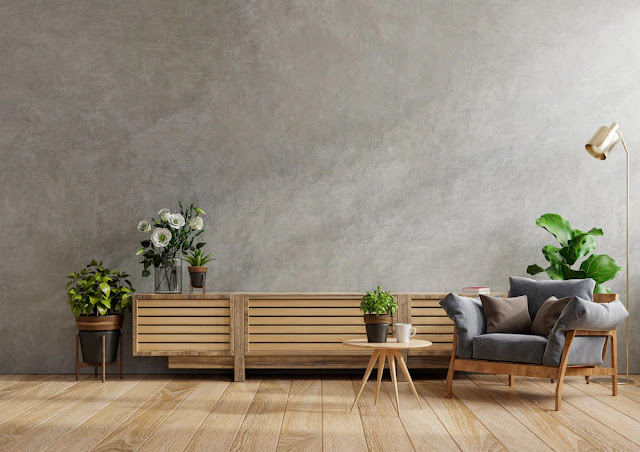freepik.com
Several studies have shown that the exploitation of natural resources can lead to the 6th mass extinction on this planet. As a way to overcome this, sustainable buildings are created using the concept of green architecture.
Then, what is green architecture? In short, green architecture is a concept that seeks to minimize damage to the environment.
The trick is to make buildings that are environmentally friendly through the efficient use of energy sources and natural resources. Despite having sustainable frills, this architectural concept does not mean abandoning all the advances we have enjoyed in the 21st century.
This concept actually embraces new technology to bring a more positive impact on the environment.
Principles of Green Architecture in Buildings
As the world migrates towards a sustainable future, architects are also competing to create environmentally friendly buildings. To make this happen, the design is guided by several green architecture principles below:
Efficient in Using Energy
The first principle is energy efficiency, where an example of its application is the utilization of alternative and sustainable energy sources such as wind and solar.
Green buildings are also made with designs that maintain air flow and natural lighting to reduce the need for heating and air conditioning.
Speaking of energy efficiency, houses at Springhill Yume Lagoon and Podomoro Golf View also offer a similar concept. If you are looking for a modern and environmentally friendly residence near Jakarta, you can check these two housing estates.
Reducing Water Usage
Sustainable buildings also try to maintain the ecology in order to protect the quality of the water around the building. This principle ensures that water is used, purified and reused during the construction period of a building.
Efficient in Land Use
Land use efficiency is related to architectural design that encourages the development of buildings in a compact and more functional manner.
In particular, this principle aims to prevent land degradation during construction. More broadly, this principle also helps conserve natural resources, improve water and air quality, and protect ecosystems and biodiversity.
Lower Development and Maintenance Costs
The operational and construction costs of a building are proven to be quite high and require large amounts of building materials.
To that end, green building design facilitates the use of materials and construction techniques that can reduce these costs by more than half.
This principle also prioritizes the use of plants and recycled materials such as stone to metal.
Guarantee Indoor Environmental Quality
Of course, if a green building will reduce the waste generated during the construction process. Not only that, green architecture also tries to maintain the quality of the environment in the room.
The design of residential or public buildings with this concept will involve a comfortable interior design with a good ventilation system.
One example can be found at Grand Wisata Bekasi, which presents a fully furnished house with a neat and environmentally friendly interior design.
9 Characteristics of Green Buildings You Must Know
Well, if we previously discussed the principles of the concept of green architecture, now is the time to look at some of the characteristics of sustainable buildings:
- Green buildings are not built on locations such as forest edges or areas that are prone to landslides or flooding.
- Integrated with public transportation to reduce the use of private vehicles.
- Protect and maintain natural habitats, reduce pollution and use of natural resources, and facilitate interaction with nature.
- Efficient use of water.
- Reducing energy consumption and prioritizing renewable energy.
- Use a recycling system, use sustainable materials, and save as many resources as possible during construction.
- Improving the quality of space for building occupants, such as keeping the air clean, controlling heat, and reducing noise pollution.
- Sustainable buildings usually adopt innovative designs during their construction.
- Improving the quality of the environment as well as the health of the people in the vicinity.
Easy Ways to Apply Green Concepts to Your Home
As is known, green or sustainable buildings are buildings that can maintain, or even improve the quality of the surrounding environment. Several examples can be found in Indonesia, for example Sampoerna Strategic Square and the DUSASPUN Building.
To be honest, you can also apply this one concept to your home. Some of the ways are:
- Use natural materials such as bricks, wood and bamboo.
- Instead of using plastic materials, use recycled materials in home ornaments and furniture.
- Add window openings to maximize natural air and lighting.
- Propagation of green vegetation at home. You can put plants in the house or make urban farming and vertical gardens.
- Reduce the use of glass because the greenhouse effect has a negative impact on the preservation of nature.
- Consider using solar panels as a backup energy source.
Everyone can benefit from the reduced energy consumption and increased space created by green architecture.

